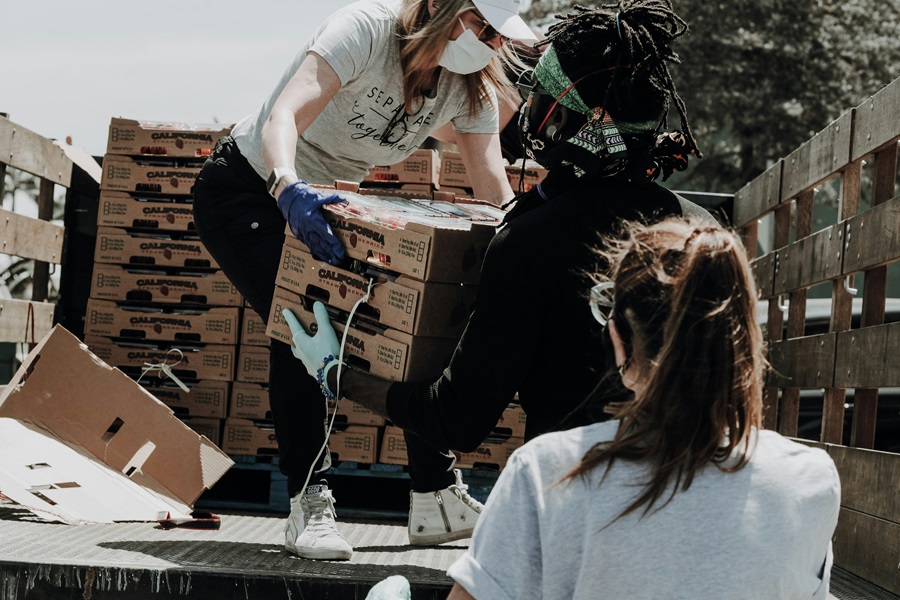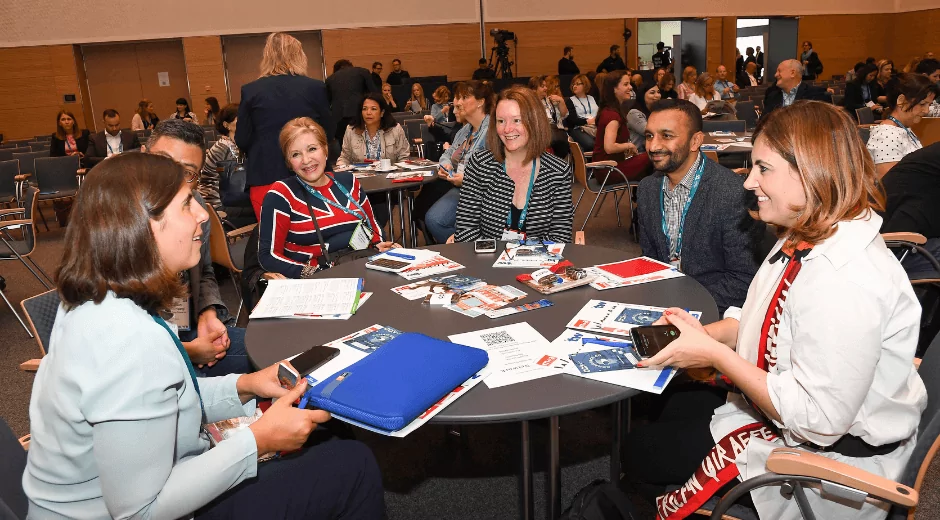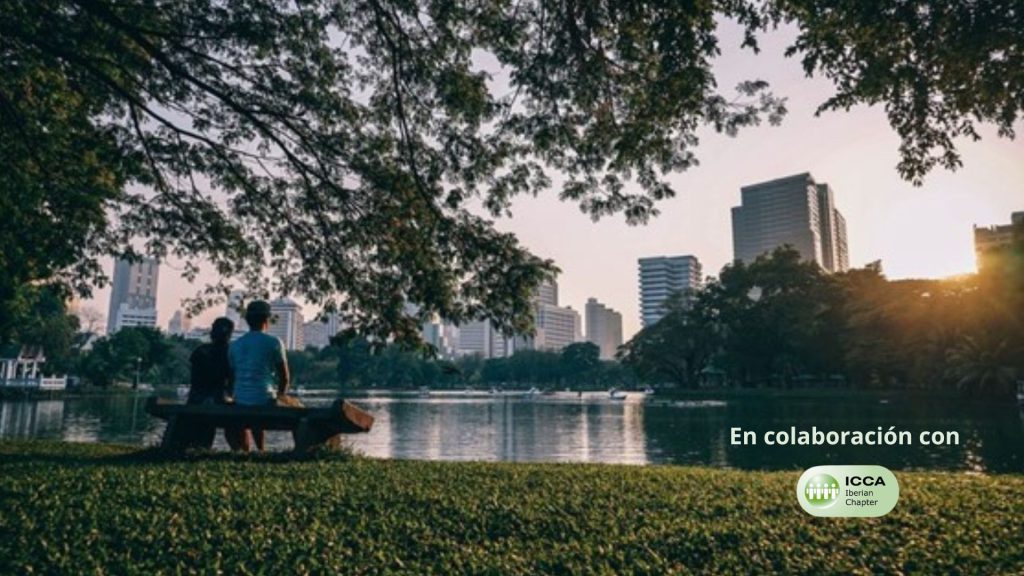Some tips on donating food during and after events

Share news
Listen
Are there alternatives to donation beyond human consumption (social entities and food banks)?
There are several options that make it possible to donate food that is not fit for human consumption, such as donations to animal shelters (stale bread, potatoes, fruit, vegetables, etc.). But there is also a sanitary control regarding the quality of the food donated for animal feed (you cannot donate anything that has already been cooked and you cannot mix meat and fish, for example), so another option is to donate it to create compost, fertiliser, biogas and biodiesel, with companies dedicated to this service.
Does donation cost money?
Waste management normally costs money. What happens is that there are certain products that can be valorised. For example, fish can have enough value to recover part of the value of the product, but most of the organic waste is not worth selling, it is cheaper to manage it as a donation, but it costs money because you can’t just leave it in organic containers, you have to hire companies to manage it to be processed. And with the new law the obligation to donate is clear, there is no longer the option to destroy.
But it also costs money to avoid waste. One way to achieve this, as we have seen, is to have more staff who can react quickly, so that they can adjust to the demand at any given moment and not ‘over-serve’. Although it costs more money, it is less than the time spent trying to make it clear to the customer. Most of our clients are agencies and the agency can communicate it to the corporate client, but that client has to communicate it to the 200, 300, 400 diners. You have to actively communicate about waste and engage the end guest. ‘There is enough food. You are not going to go hungry, relax, because this is planned’. In this sense it is key to have the office where you are providing the service, which is another issue that the event organiser has to understand.
Is there a problem with the transmission of information and decisions instantly at the event?
It depends on the client and the agency and the importance they give to this aspect of sustainability in their event. A real case, a service for the attendees of several conferences, 400 people (registered intolerances, allergies, vegetarians). Some of the lectures finish earlier than planned and the attendees of the break-out rooms that have finished are already going to the lunch room. The agency manager assigned to the catering service informs the client, but they decide not to open the lunch room yet and prefer to wait until all the presentations are finished. The attendees who have already finished get impatient and many decide to go out for lunch in the city.
This is an example of how a large part of the waste is not only due to a lack of foresight or planning of the catering, but also due to a lack of a joint decision to change the planning and timing for the sake of the final client and to avoid waste. Catering is not only a great experience and a moment of encounter for the attendees, it is also a professional company with its quality and food safety department, its human resources, its chefs and room managers and service professionals, and we are the ones who put the finishing touch to your event.
And donating is relatively easy…
The European Union is strictly legislating to establish greater control to prevent food waste in member countries. In Spain, with the Law on Prevention of Food Loss and Waste coming soon, it is important to be prepared for the control and monitoring of food waste at events also as a moral issue of efficiency. Going down to the ground, there are digital platforms such as Naria that works with Gourmet Catering & Events that are interesting in several aspects: the traceability of the process from the waste to the receipt of the donation by the beneficiary entity; the legal dimension of the donation that involves the control of the Administration of your donation process; and the fiscal interest: as with other laws such as the law of patronage, the donation will be tax deductible, to encourage companies, so it is interesting to ensure the traceability of the donation process.

What should we know about the cold chain?
There are four temperature ranges in which food can be preserved:
1. Frozen food: Temperature: -18 °C or below.
2. Refrigerated food: Temperature: Between 0 °C and 4 °C.
3. Other optimum temperature ranges:
Tropical fruits (such as bananas and mangoes): Temperature: Between 8 °C and 12 °C.
Tomatoes: Temperature: Around 10 °C.
Citrus fruits (such as oranges and lemons): Temperature: Between 7 °C and 10 °C.
Cured cheeses: Temperature: Between 8 °C and 12 °C.
4. Ambient temperature: When talking about storing a product at ambient temperature, this generally refers to a temperature range between 15 °C and 25 °C. This range is considered safe for many non-perishable food products, such as canned foods, grains, pastas, and dry goods, as these temperatures are not high enough to promote rapid bacterial growth or spoilage.
This temperature range (refrigerated, positive cold, frozen, negative cold and room temperature products) must be maintained from its origin, during transport, and when it reaches its destination, the social entity, it must be stored in the same way, until the moment of its consumption or use. In the event of a break in the cold chain, it cannot be stored again.











